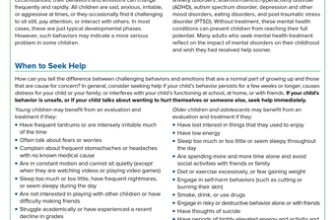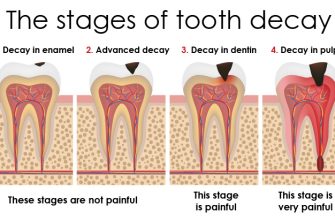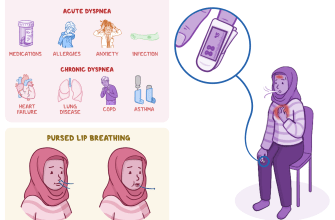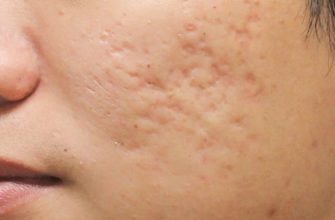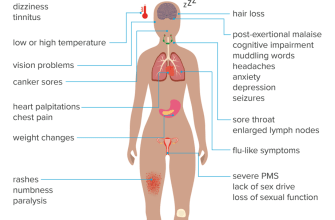Bleeding disorders are a group of medical conditions characterized by abnormal or excessive bleeding. These disorders can be inherited or acquired, and they can significantly impact a person’s quality of life. Two common types of bleeding disorders are hemophilia and von Willebrand disease. Understanding the causes and treatment options for these disorders is crucial for managing symptoms and improving overall well-being.
Hemophilia: A Genetic Bleeding Disorder
Hemophilia is an inherited bleeding disorder that primarily affects males. It is caused by a deficiency or absence of specific clotting factors in the blood, which are necessary for normal blood clotting. There are two main types of hemophilia:
- Hemophilia A: This type is caused by a deficiency of clotting factor VIII.
- Hemophilia B: This type is caused by a deficiency of clotting factor IX.
People with hemophilia may experience spontaneous bleeding or prolonged bleeding after injuries or surgeries. Common symptoms include:
- Frequent nosebleeds
- Easy bruising
- Excessive bleeding from minor cuts or injuries
- Bleeding into joints, leading to pain and swelling
Treatment for hemophilia involves replacing the missing clotting factor through intravenous infusions. This helps control bleeding and prevents complications. Regular infusions may be required to maintain adequate levels of clotting factors in the blood. Additionally, medications called desmopressin and antifibrinolytics can be used to stimulate the release of clotting factors or prevent the breakdown of blood clots.
Von Willebrand Disease: A Common Coagulation Disorder
Von Willebrand disease (VWD) is another inherited bleeding disorder, but it can affect both males and females. It is caused by a deficiency or dysfunction of von Willebrand factor, a protein that plays a crucial role in blood clotting. There are three main types of VWD:
- Type 1: The mildest form, characterized by a partial deficiency of von Willebrand factor.
- Type 2: This type is further divided into subtypes, each with specific abnormalities in von Willebrand factor function.
- Type 3: The most severe form, characterized by a complete absence of von Willebrand factor.
People with VWD may experience similar symptoms to those with hemophilia, including easy bruising, prolonged bleeding, and excessive bleeding from minor injuries. Women with VWD may also have heavy or prolonged menstrual periods.
Treatment for VWD depends on the severity of the condition. Mild cases may not require treatment, while more severe cases may involve the use of medications such as desmopressin, which can stimulate the release of von Willebrand factor. In some cases, clotting factor concentrates or von Willebrand factor concentrates may be administered to control bleeding episodes.
Acquired Bleeding Disorders: Causes and Treatment
Unlike inherited bleeding disorders, acquired bleeding disorders are not present at birth. They develop later in life due to various factors. Some common causes of acquired bleeding disorders include:
- Medications: Certain medications, such as blood thinners, can interfere with the normal clotting process and lead to excessive bleeding.
- Underlying medical conditions: Conditions like liver disease, kidney disease, and certain types of cancer can affect blood clotting.
- Autoimmune disorders: Conditions like immune thrombocytopenia and lupus can cause the immune system to attack blood clotting factors.
Treatment for acquired bleeding disorders depends on the underlying cause. In some cases, adjusting or discontinuing medications may be sufficient to manage symptoms. Other treatment options may include addressing the underlying medical condition or using medications to promote blood clotting.
Managing Bleeding Symptoms
Regardless of the specific bleeding disorder, there are several general strategies that can help manage bleeding symptoms:
- Avoiding activities that may increase the risk of injury or bleeding, such as contact sports or rough physical activities.
- Taking precautions to prevent injuries, such as using protective gear and practicing good hygiene to minimize the risk of infections.
- Seeking prompt medical attention for any injuries or bleeding episodes.
- Following a healthy lifestyle, including a balanced diet and regular exercise, to promote overall well-being.
- Regularly monitoring blood clotting levels and following the prescribed treatment plan.
It is important for individuals with bleeding disorders to work closely with their healthcare providers to develop a personalized treatment plan. This may involve regular check-ups, laboratory tests, and ongoing communication to ensure optimal management of symptoms and minimize the risk of complications.
In conclusion, bleeding disorders can significantly impact a person’s life, but with proper diagnosis and treatment, individuals can effectively manage their symptoms. Whether it is an inherited bleeding disorder like hemophilia or von Willebrand disease, or an acquired bleeding disorder, understanding the causes and treatment options is essential for improving overall well-being. By following a comprehensive treatment plan and adopting healthy lifestyle practices, individuals with bleeding disorders can lead fulfilling lives while minimizing the impact of excessive or abnormal bleeding.

